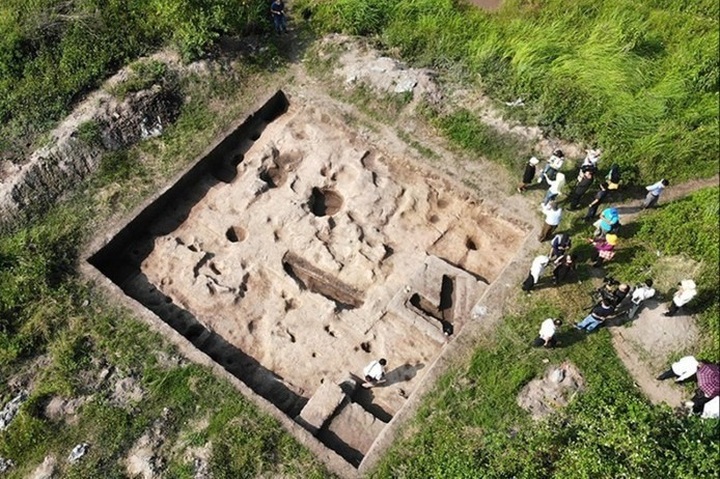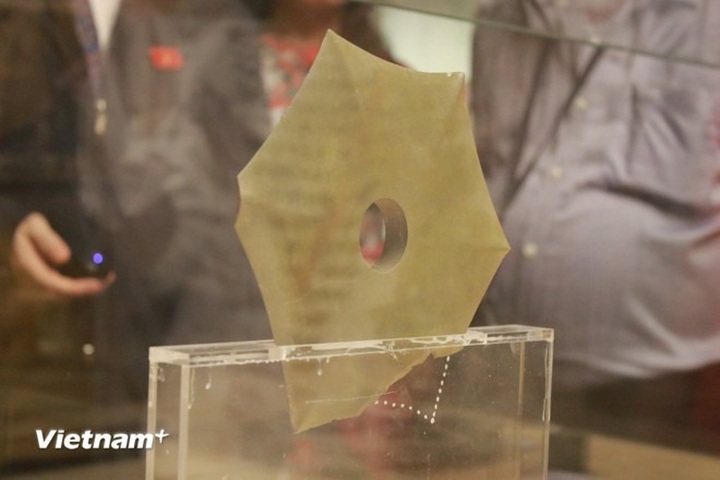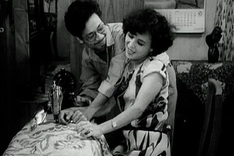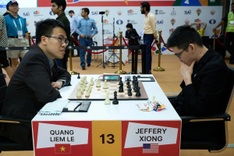
Vuon Chuoi (Banana Garden) is an archaeological site in Hanoi’s Hoai Duc commune discovered in 1969. (Photo: tienphong.vn)
Vuon Chuoi (Banana Garden), an archaeological site in Hanoi’s Hoai Duc commune discovered in 1969, spans the Phung Nguyen, Dong Dau, Go Mun, Early Dong Son, and Late Dong Son cultural periods.
Since its discovery, Hanoi's Department of Culture and Sports, in coordination with the Vietnam Institute of Archaeology, has conducted 11 excavation campaigns, covering a total area of more than 7,500 sq.m. The largest excavation, carried out from March 2024 to March 2025 on over 6,000 sq.m in the western part of the site, revealed residential spaces, daily activity traces, stone tool and ceramic workshops, and burial areas of the ancient inhabitants.
The results show that Vuon Chuoi was an organised ancient Vietnamese village with a clear social structure, division of labour, a system of houses, moats, and production-living areas distributed logically. These findings confirm the role of residents in occupying and mastering the Red River Delta, laying the foundation for the formation of the early Vietnamese State.
In 2025, the Hanoi Museum, in collaboration with the Institute of Archaeology and the University of Social Sciences and Humanities under the Vietnam National University, Hanoi, will continue to organise and analyse the large volume of artefacts recovered from the 2024 excavation.
Research on the settlement layout indicates that the earliest inhabitants initially lived on elevated mounds. Over time, they expanded into low-lying areas, leading to the construction of stilt houses, longhouses, and surrounding moat systems. This evidence suggests a well-organised and stable community.

A green jade axe on display (Photo: VNA)
Experts also discovered traces of the ritual of incisor extraction in adults, which was common during the late Phung Nguyen culture 3,500 years ago, and a custom with social and spiritual significance. Craft production of jade, wooden, ceramic, and bronze objects reached a high level of specialisation. The jade-working area was arranged separately at the village entrance, possibly linked to ritual spaces.
This year, over 15,000 artefacts made of stone, bronze, ceramics, wood, bone, and iron have been recovered, along with tens of thousands of tonnes of ceramic fragments and soil containing plant remains. Among these, three groups of rare artefacts stand out. The items include green jade axes, the symbol of a leader’s power, discovered in a Pre-Dong Son burial, dating back approximately 3,500 years. Also recovered were phoenix-headed ornaments, reflecting the belief in totemic worship, and a collection of jade objects, including bracelets, earrings, beads, and tooth-shaped pendants, representing the elite class of ancient society.
These discoveries provide valuable documentary evidence, affirming the special historical and cultural significance of the Vuon Chuoi site in the development of the Metal Age in northern Vietnam.
Recognising its outstanding historical and cultural values, the Hanoi People’s Committee issued Decision No. 3134/QD-UBND dated June 23, 2025, officially designating the Vuon Chuoi Archaeological Site as a city-level relic site.




















